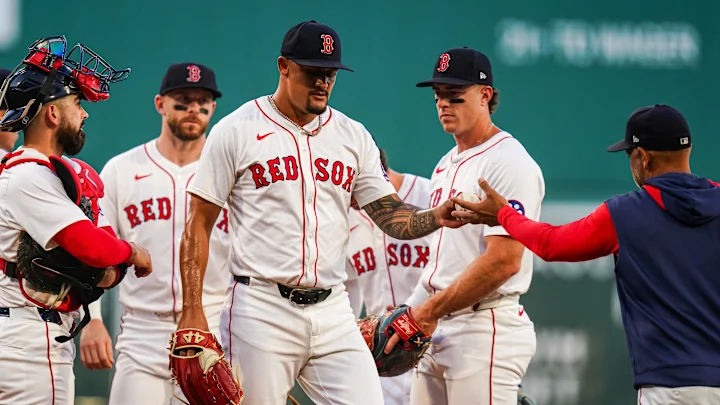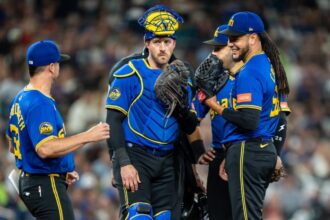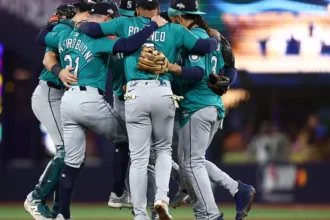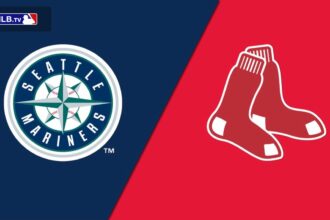Tuesday marked one of the more important administrative checkpoints on the MLB calendar the deadline for teams to finalize their 40-man rosters ahead of next month’s Rule 5 Draft. Each year, this date forces clubs to make difficult decisions, balancing short-term needs with long-term development while determining which prospects are worth protecting from potential selection by other organizations. For the Boston Red Sox, the roster crunch resulted in a wave of moves, including several trades and the departure of two recognizable players who had contributed meaningfully in recent seasons.
As part of the organization’s roster overhaul, the Red Sox designated veteran first baseman Nathaniel Lowe and right-handed pitcher Josh Winckowski for assignment. These decisions effectively remove both players from the 40-man roster and signal that the team intends to non-tender them before Friday’s league-wide deadline for arbitration-eligible players. Although the club could have waited until later in the week, Boston acted early in order to open up roster spots for new acquisitions and protected prospects.

One of those roster spots was immediately filled by infielder Tristan Gray, whom the Red Sox acquired earlier in the day from the Tampa Bay Rays in exchange for reliever Luis Guerrero. The other roster openings were used to shield three pitching prospects right-handers David Sandlin and Tyler Uberstine, along with left-hander Shane Drohan from exposure in the Rule 5 Draft. All three had reached the point in their minor league service time where non-protected players become eligible to be selected by other clubs, so Boston made the decision to preserve depth in the rotation and bullpen pipeline by adding each to the 40-man.
Boston didn’t stop there. The front office also pulled off three additional trades that further reshaped the organization’s depth chart. Left-hander Chris Murphy was traded to the Chicago White Sox for minor league catcher Ronny Hernandez, giving the Red Sox another developmental catcher in their system. In a separate deal, left-hander Brennan Bernardino was sent to the Colorado Rockies, with Boston acquiring versatile infielder/outfielder Braiden Ward in return. The club also traded minor league right-hander Alex Hoppe who was not on the 40-man roster to the Seattle Mariners for catching prospect Luke Heyman.
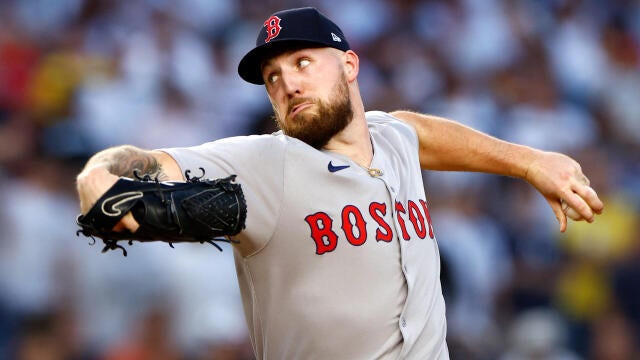
Taken together, these moves created a sequence of subtractions and additions that effectively swapped out four players Lowe, Winckowski, Murphy, and Bernardino to make room for Gray, Sandlin, Uberstine, and Drohan. It was a decisive reshuffling that offered insight into the organization’s priorities as Boston looks toward 2026 and beyond.
Nathaniel Lowe’s Departure
Perhaps the most surprising move of the day was the decision to designate Nathaniel Lowe for assignment. Lowe, who started all three of Boston’s postseason games at first base this year, was entering his second year of arbitration eligibility. He earned $10.3 million in 2025 after being traded midseason from the Texas Rangers to the Washington Nationals and later signing a one-year deal with Washington. When Boston acquired him in August, he became an important late-season contributor and filled in as an experienced option after Triston Casas missed time.
Lowe’s projected arbitration salary for 2026, according to MLBTradeRumors’ widely referenced model, sits at approximately $13.5 million. At face value, that number reflects the strong years Lowe had put together previously, including when he posted an All-Star-caliber season in Texas. However, because arbitration salaries are determined by a player’s past results and counting stats rather than their projected future value, a player coming off a down year can sometimes wind up with a salary level teams are reluctant to meet.
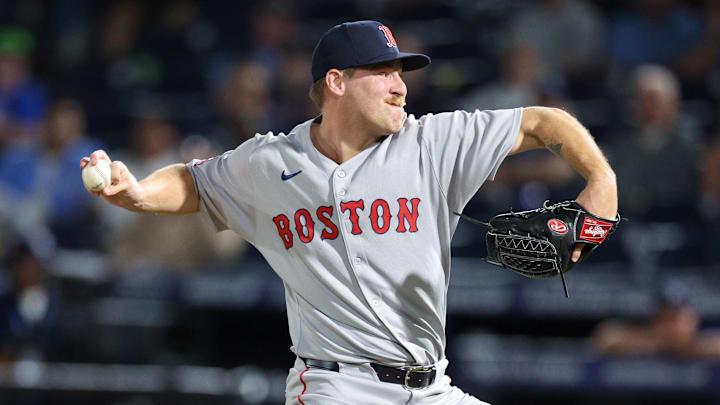
In 2025, Lowe struggled offensively, batting .228 overall with 18 home runs, 84 RBIs, and a .689 OPS across 153 games split between Washington and Boston. Those numbers reflect solid power output but a noticeable drop in consistency. As a result, despite the fact he likely would not command anything close to $13.5 million on the open market, the arbitration system would have locked Boston into that salary unless they decided to non-tender him.
That dynamic explains why the Red Sox opted to cut ties early. Boston could revisit a reunion under different terms, however. Should the team decide it wants the veteran as depth behind Casas, they could negotiate a new deal in free agency presumably at a significantly lower salary. Even if Lowe were to sign only a one-year deal, the Red Sox would still control him through the 2027 season due to arbitration rules, giving the club incentive to explore a cost-effective comeback.

Despite his overall struggles, Lowe did show flashes of his old form during his brief tenure with Boston late in the 2025 season. In 34 regular-season games with the team, he hit .280 with two homers, six doubles, 15 RBIs, and an .790 OPS, providing respectable production and veteran stability. Those 34 games may not guarantee him a spot on next year’s roster, but they demonstrate that he remains capable of contributing if placed in the right role.
Josh Winckowski’s Exit
The departure of Josh Winckowski, meanwhile, reflects a different set of circumstances. The right-hander had been part of the Red Sox organization since 2021, joining the club through the complex three-team trade involving Andrew Benintendi. Over his past four major league seasons, Winckowski appeared in 121 games, including 21 starts, and recorded a career 4.20 ERA. He delivered his best season in 2023, emerging as one of Boston’s most dependable relievers with a 2.88 ERA across 84⅓ innings over 60 appearances. His ability to pitch multiple innings made him particularly valuable that year.
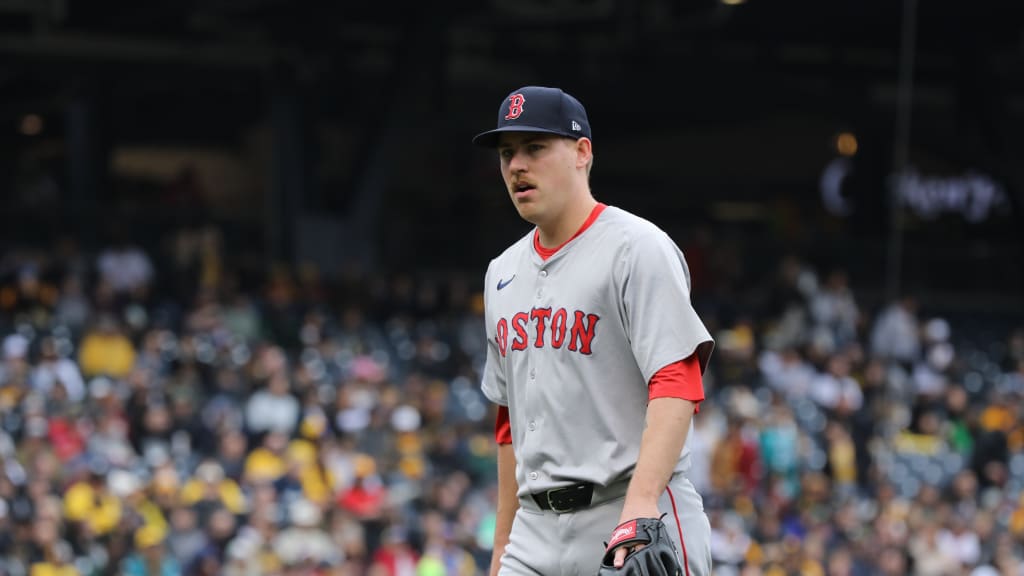
However, beginning in 2024, Winckowski struggled to gain traction under new pitching coach Andrew Bailey, whose approach and philosophical emphasis did not always align with the right-hander’s strengths. While Winckowski posted a respectable 4.14 ERA and 4.48 FIP over 76 innings that season, he became less central to the bullpen’s core structure as the club pursued pitchers with different profiles.
Things worsened in 2025. Winckowski failed to earn a spot on the Opening Day roster and spent the early part of the season shuttling between Boston and Triple-A Worcester. He threw only 11⅔ innings in six appearances during April before being optioned back to Worcester. Not long after, he suffered an elbow injury that shut him down for the remainder of the season. He made only three appearances for Worcester before the injury occurred on May 11.
Despite making progress in his rehabilitation efforts in Fort Myers later in the year, the club ultimately concluded that keeping him on the 40-man roster, even at a projected $800,000 arbitration salary, was not the best use of space. The decision doesn’t reflect a lack of capability so much as Boston’s need to prioritize roster flexibility for incoming prospects and players they view as better fits moving forward.
Winckowski, like Lowe, will become a free agent once non-tendered and will be free to seek opportunities with any team that is willing to take a chance on his upside, assuming he is fully recovered from his elbow issues.
What the Roster Moves Mean
These combined roster decisions highlight Boston’s broader strategy as the offseason begins to take shape. By moving on from established names such as Lowe and Winckowski, the club demonstrated a willingness to reshape its depth chart, prioritize financial flexibility, and commit to protecting young talent that could play key roles in the coming years.
The additions of Sandlin, Uberstine, and Drohan reflect Boston’s desire to strengthen its stock of near-ready pitching prospects. In an era where pitching depth is essential, these are the types of arms that could contribute in the next year or two, either as rotation options or bullpen solutions. Meanwhile, Tristan Gray gives the Red Sox a left-handed hitter with some positional versatility and pop, someone who could provide bench depth or challenge for a roster spot depending on how the rest of the offseason unfolds.
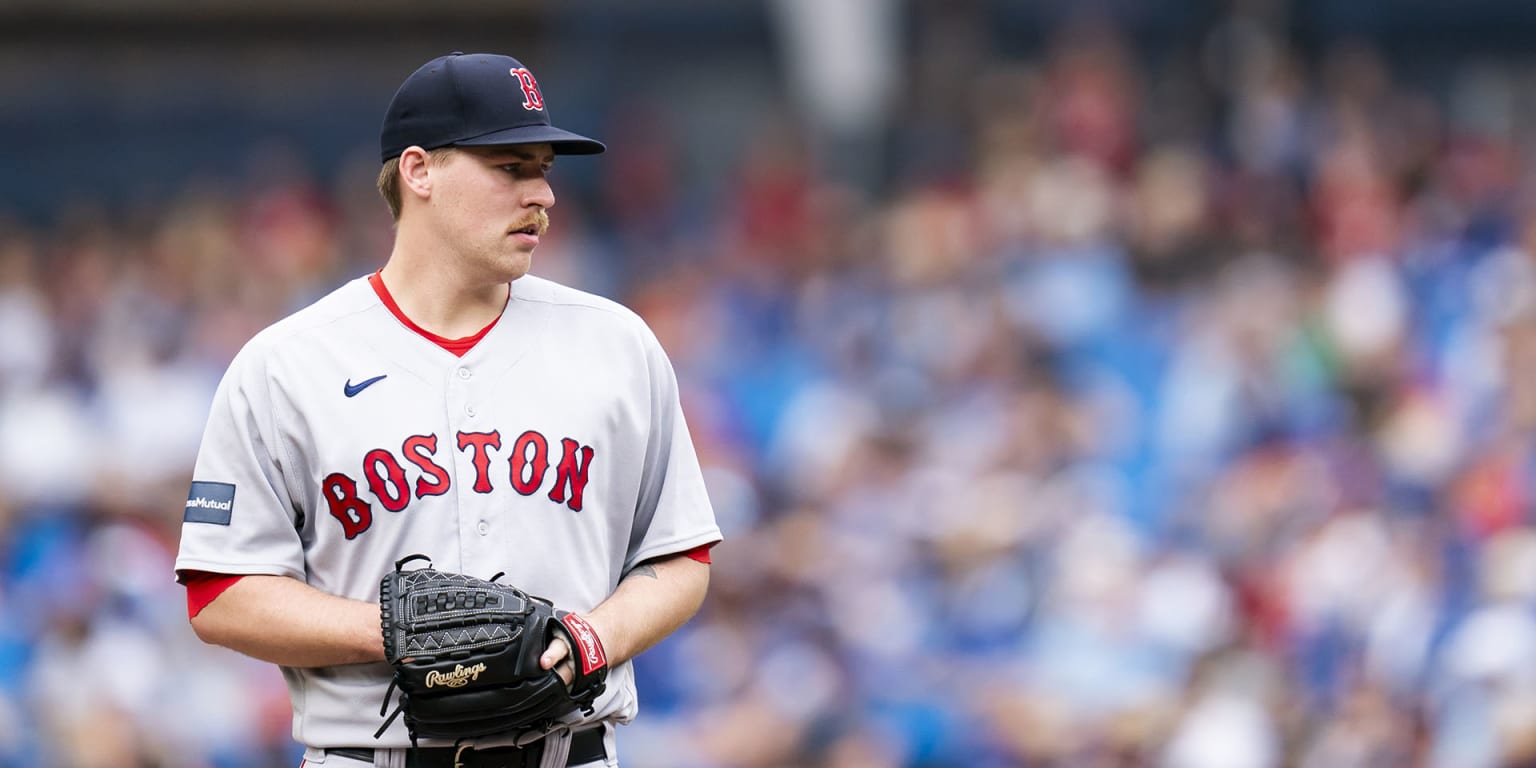
Boston’s set of trades Murphy to the White Sox, Bernardino to Colorado, and Hoppe to Seattle represent smaller, strategic moves aimed at creating the right balance of depth and minor league stability. In each case, the Red Sox acquired younger or more versatile players who better fit the club’s evolving roster architecture.
Ultimately, Tuesday’s actions were not simply a matter of cutting ties. Instead, they reveal a broader picture of how the Red Sox plan to address roster management heading into 2026 focusing on controllable talent, pitching development, and recalibrating financial commitments while still keeping open the possibility of reunions with recently DFA’d players at reduced salaries.
With Lowe and Winckowski now poised to enter free agency once non-tendered, their next steps will become one of the many storylines to watch as the offseason rolls forward.
